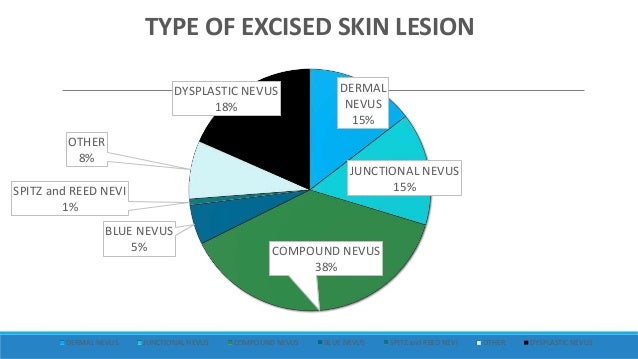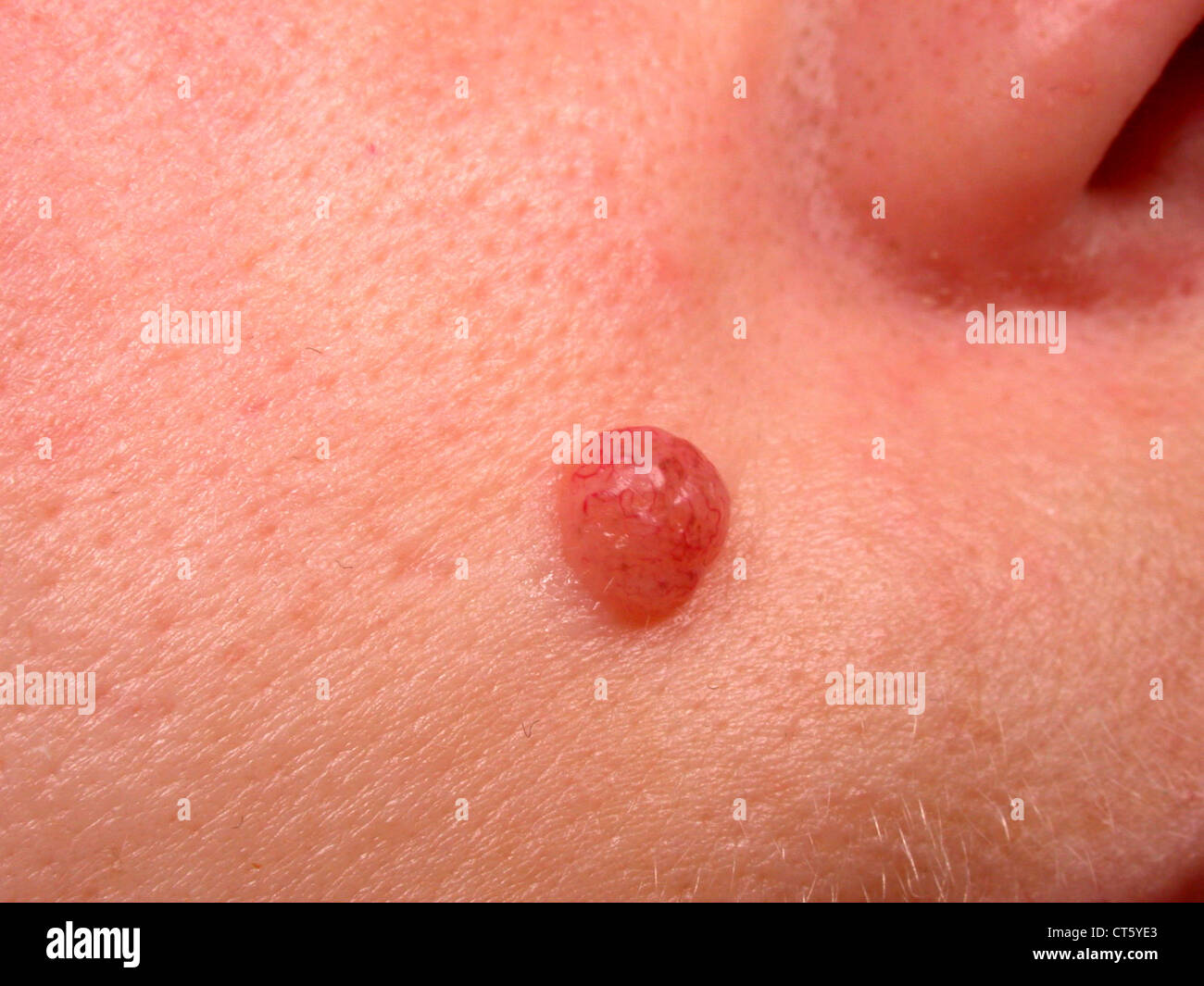
To learn more or to schedule an appointment with our doctors, contact Retina Consultants of Nevada at 70 or website. In rare cases, a nevus on the outer wall of the eye may be removed with surgery. Most choroidal nevi do not require treatment. Ocular Coherence Tomography: An imaging test that uses light waves to detect swelling or fluid beneath the retina. Ultrasound: An imaging test in which high-energy sound waves (ultrasound), are bounced off the internal tissues of the eye, to create an image of the inside of the eye.įluorescein Angiography: A examination of the blood vessels and the flow of blood inside the eye. Changes in the size or shape of the nevus suggest that it should be examined more closely. Your ophthalmologist will photograph the nevus at each exam and compare the new image to any previous ones to track any changes in its appearance. Ophthalmologists often discover a nevus during a routine eye exam. Although these are usually harmless, they should be monitored regularly because they have the potential to evolve into an aggressive melanoma. Nevi that develop in this layer are choroidal nevi.
Colordial nevus skin#
They’re made by special cells called melanocytes, which give your skin and. Behind the retina is the choroid, a layer of blood vessels that bring oxygen and nutrients to the eye. Choroidal nevus: Under your retina (in back of your eye) Nevi can be yellow, brown, gray, or a combination of colors. A single nevus or multiple nevi (the plural of nevus) can develop under the retina, the specialized nerve tissue lining the back of the eye that detects light and color. The chances of a nevus transforming into a malignancy are low (about 1 in 500).Ī nevus is a commonly occurring growth composed of a cluster of cells called melanocytes, the cells that make the pigment in skin, hair and eyes. Records were retrospectively reviewed to identify all patients with choroidal nevus treated on the Ocular Oncology Service at Wills Eye Hospital between.

This means you were born with genes that make a nevus develop.

Choroidal nevus is a congenital condition. If a choroidal nevus becomes cancerous, it is called choroidal melanoma. A choroidal nevus is not cancer (benign), but it can develop into cancer over time. Choroidal nevus is the most common intraocular tumor, occurring in about 7% of adults.


 0 kommentar(er)
0 kommentar(er)
